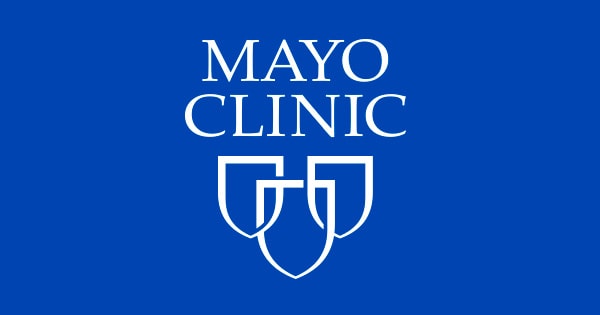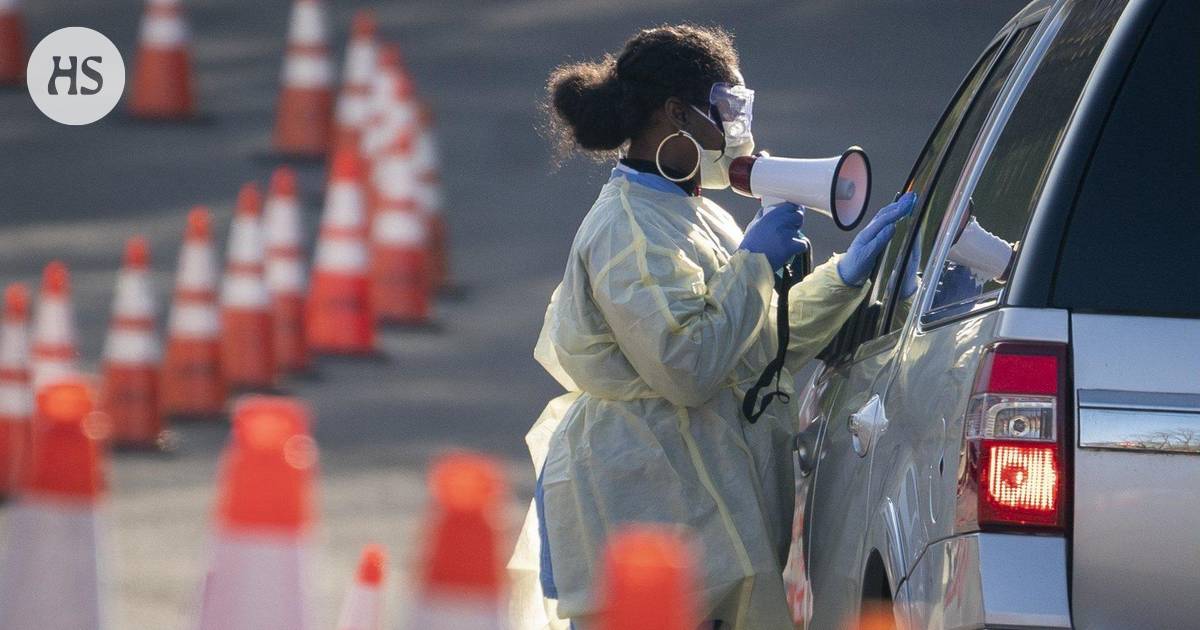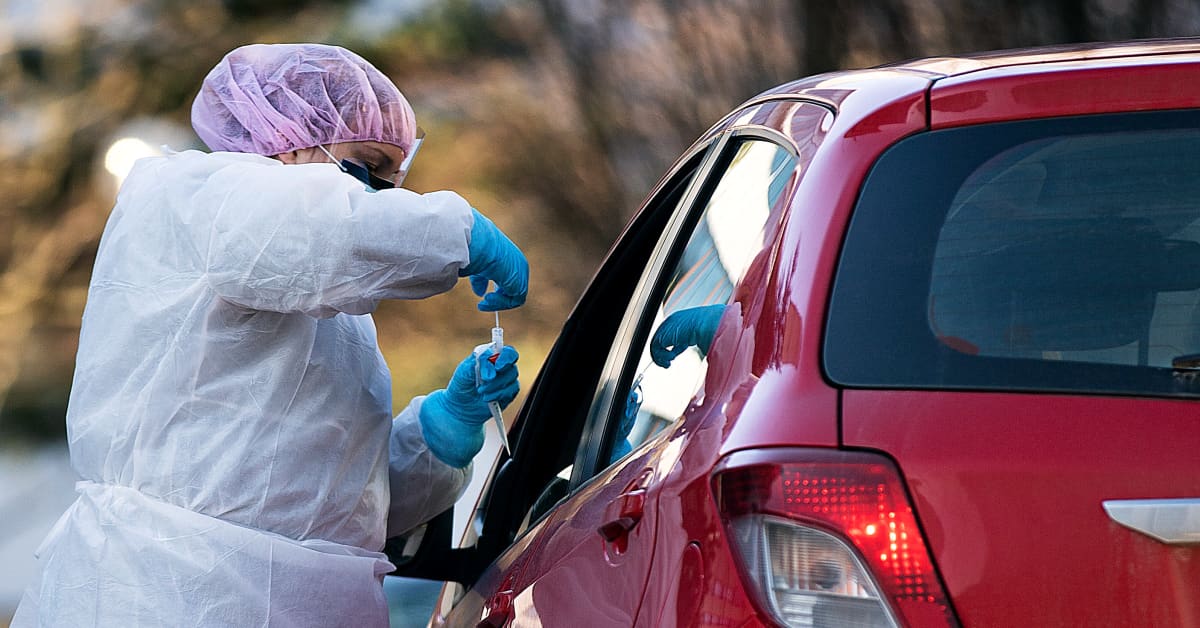Korjataan, kaikille kuolleilla EI ole ollut perussairautta. Kiinassa useampi nuori terve lääkäri kuoli tehohoidon jälkeen. Eli infektoitumisasteella ja sitten immuniteetin vahvuudella (ts. sairastaako ja lepääkö, vai tekeekö töitä) on mahdollisesti (ja loogisestikin) vaikutusta sairauden etenemiseen ja vakavuuteen.
Kyllä. Tähän samaan viittaa NyTimesin artikkeli (jonka postasin aikaisemmin), jota pidän erittäin luotettavana: Two Women Fell Sick From the Coronavirus. One Survived.
On muuten erittäin hyvä ja koskettava artikkeli, jonka jokaisen sopisi lukevan. Edelleenkin vaikuttaa siltä että ajatellaan että ongelma on ohi lyhyellä tehohoidolla (1-2pvä). Ongelman/vaikeus on se että kaiken tiedon mukaan tehohoitoa kuormittaa taudin pitkäaikaisuus; tehohoito kestää pitkään ja nimenomaan tämä kuormittaa terveudenhoitoa; se 1-2 päivää ei riitä vaan tarvitaan viikko sitä lisähappea. Itse olen katsellut oman vastasyntyneen happisaturaatioita noin kuukauden ja vaikka halua olisi, ei minulla ole mitään kompetenssia lähteä tehohoidon sairaanhoitajaksi.
Kirjoitan vielä tämän, koska jossain vaiheessa tästäkin joku kyseli. Siinä vaiheessa kun ihminen on tehohoidossa, se ei ole happiviiksien asettelua ja kuulumisten kyselyä; se on tiukkaa työtä seurantaa ja reakoimista. Tehohoito ei ole vähän katselua vaan jatkuvaa arviointia; lääkepumput huutaa valueita ja ne pitää olla oikeita (ps. nää ei oo mitään kokeilen ja testaan vähän valueita vaan kuoleman ja elämän valueita vrt. esim fentanylin annostus). Oma lapseni on ollut tehohoidossa heti syntymän jälkeen (7vrk). Siellä eletään jatkuvasti kuoleman ja elämisen kanssa ja se vaatii luonnetta. Nämä ihmiset ovat tottuneet siihen ja he ovat erityisiä. Nyt tilanne vaikuttaa siltä että se"perus-sairaanhoitaja" joutuu tähän asemaan, ilman että häneltä kysytään että haluatko. Mites foorumin väki: ketä kiinnostais lähtee etulinjaan ja ottamaan vastuuta. Minusta ei ehkä siihen olisi. Nyt vaan kaikki mahdollinen tuki jokaiselle sairaanhoitajalle ja lääkärille mitä ikinä pystytään antamaan.










